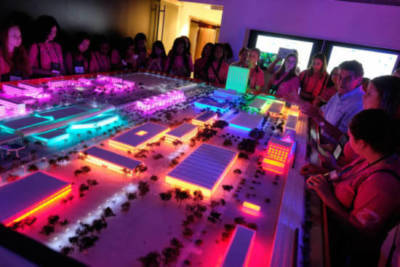Are you fooled by these common energy misconceptions?
Energy Efficiency is the same as Energy Conservation.
False. Energy efficiency is the use of technology that requires less energy to perform the same function. Energy conservation is any behavior that results in the use of less energy. A light emitting diode (LED) bulb that uses less energy than an incandescent light bulb to produce the same amount of light is an example of energy efficiency. The decision to replace an incandescent light bulb with a LED is an example of energy conservation.
Fa.png) lse. Phantom load is the term given to an appliance or device that is plugged into an outlet, but still consumes energy when turned off. Appliances or electronics with digital displays or chargers are examples of devices that continue to use energy when plugged into an outlet. Use a Kill-A-Watt® meter to measure “in use” and “standby power” to see if your appliances/devices are guilty of this, and if so, be sure to unplug them after each use.
lse. Phantom load is the term given to an appliance or device that is plugged into an outlet, but still consumes energy when turned off. Appliances or electronics with digital displays or chargers are examples of devices that continue to use energy when plugged into an outlet. Use a Kill-A-Watt® meter to measure “in use” and “standby power” to see if your appliances/devices are guilty of this, and if so, be sure to unplug them after each use.

The majority of imported oil to the U.S. comes from Saudi Arabia.
False. Canada provides the largest percentage of imported oil to the United States.
 eave the fan on to keep your home cool when away.
eave the fan on to keep your home cool when away.

